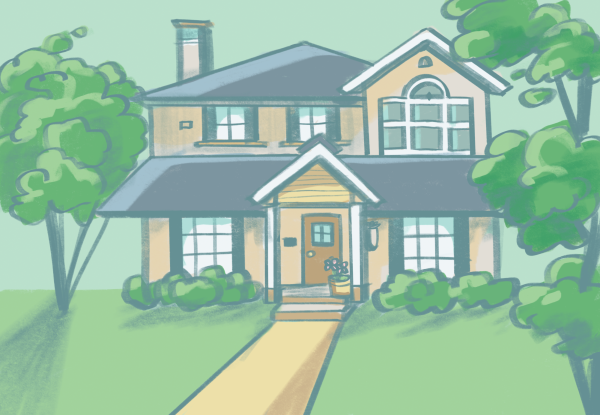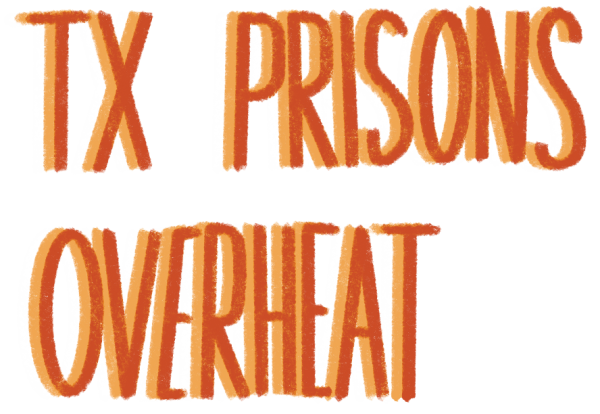AISD School Closures Disrupt District Equality
January 9, 2020
In the next 10 years, seven thousand students from the Austin Independent School District (AISD) are expected to leave the district in favor of a charter school, an alternative school or an alternative district. AISD has claimed that under-enrollment has essentially forced the Board of Trustees to close and consolidate several schools in Austin. This consolidation has been met with resistance from community and political leaders, parents and students who fear that the proposal will build on Austin’s historic problem with race and inequity. School closures is a multifaceted issue that requires thoughtful research before choosing a stance on the issue.
The idea of closing schools to promote equity disproportionately affects the East Austin community. Closing schools is an imperfect solution to AISD’s long standing problems concerning equity and diversity, especially considering that these changes are being done mostly in an area where AISD will not face as much criticism from parents. An unintentional consequence of school closures primarily located in East Austin is the implications for low-income communities. Often, they do not have the same resources to voice their opinions as more affluent communities do.
While AISD makes zoning changes and school closures, the revenue generated from the closures will create more programs capable of engineering equitable programs for students, teachers and parents. Despite these benefits, even the AISD Equity Officer, Stephanie Hawley, has called AISD’s plan “21st Century Racism”. Clearly, there is no simple answer for solving the institutional challenges in Austin that result from a segregated history.
Austin’s past is scarred with the legacy of segregation and racism that influenced the development of infrastructure and education within the city since the implementation of the 1928 Master Plan. This master plan was explicit in its racism and created districts identified by racial groups which established the segregated Austin we know today. The plan called for the mass relocation of communities of people color out of downtown Austin and into East Austin. Additionally, the plan outlined that a physical barrier, Interstate 35, would be constructed to further divide the city into the colored East Austin and the predominantly white West Austin, contributing to the stark divisions within our city and by extension, schools.
School segregation was quick to follow the creation of neighborhoods that were constructed on the premises of race and racism. Eventually, school segregation was deemed unconstitutional by the United States Supreme Court in Brown v. Board of Education in 1954. However, like many other local government entities, the district was resistant to federal government-mandated integration until they were sued by the federal government in the late 1970s. As a result, the district adopted city-wide bussing as a means of showing compliance. However, this inequitable plan mainly forced students of color to endure long bus rides into environments that were still not welcoming to them.
City-wide bussing stopped in 1987, and many students returned to East Austin neighborhood schools. This mass migration of hundreds of students led to the creation of 16 new elementary schools in Austin. The city has since seen growing rates of inequity in terms of resources and funding that stem from Austin’s segregationist past. Housing costs and cost of living in Austin have increased, contributing to under-enrollment in some schools. Additionally, gentrification of East Austin has raised property values in areas known to be home to low-income families. These families are often unable to maintain the same economic growth and standard as their affluent counterparts and are forced to move out. This gentrification is the primary reason why seven of the 12 proposed schools closing are east of Interstate 35. Following an adjustment to their proposal on Nov. 1, AISD has decided to close four out of the 12 schools: Pease Elementary, Sims Elementary, Metz Elementary and Brooke Elementary.
AISD has chosen to close schools so they can consolidate their resources, help the budget deficit and provide better resources and programs to other existing schools without enrollment problems in AISD. Such programs include an outdoor leadership program at Widen Elementary and Perez Elementary. While the district claims that the closures will focus on giving schools the resources they need to grow, they fail to explain how these proposed changes come at the cost of harming East Austin communities.
Equity is vital to give students the tools they need to succeed in their future, especially in the primary years of a student’s education. A report from the Annie E. Casey Foundation has shown that students who do not learn how to read by third grade will have a much harder time flourishing in their future educational careers. The percentages of black and latino students that reach their grade level scores on the State of Texas Assessments of Academic Readiness (STAAR) assessments are considerably lower than those of white students. 32% of black students and 39% of latino students reach grade level on the STAAR assessment compared to 79% of white students who reach their grade level. Considering how many of AISD’s schools have demographics that do not mirror the surrounding area’s demographics, it is clear that AISD has difficulty spreading resources in an equitable fashion to ensure all students have the same tools to gain a worthwhile education. AISD’s negligence or willful ignorance shows the long standing impact of segregation on education and how educational opportunity is lacking in the areas where minorities and low income families commonly live.
A proposal to recreate school zone boundaries in the hopes of establishing schools with a demographic more representative of the surrounding area has faced criticism by parents that don’t want their children to attend a historically low performing school. One example from this proposal that was met with hostility was the proposition to redraw the boundaries for Austin High School so that students living south of Lake Austin would be zoned to go to Crockett High School.
Austin High School’s majority demographic is white students, composing 49.9% of their student body. Crockett High School’s majority demographic is Hispanic students, making up 72% of the student body. Many parents that oppose these rezonings have based their complaints on Crockett’s low performance in STAAR tests.
At the initial meeting concerning the potential rezoning, parent Cameron Kelller said that “a large portion of the people that are here are concerned about switching from a high-performing school like Austin High to a lower-performing school.”
In actuality, Crockett High School and Austin High School have very similar performance statistics. The Texas Education Agency recently released a series of reports on Texas schools and the results between Austin and Crockett can be considered relatively minor. The schools have similar graduation rates with Austin High at 98% versus Crockett at 96%. However, Crockett has a post-secondary preparedness rate of 89% compared to Austin’s post-secondary preparedness rate of 95%. Similarly, both schools have similar scores in terms of their ability to grow academically in comparison to other schools in the district with Austin.
On Nov. 18, the AISD school board met to vote on school closures and zoning. While Crockett High School and Austin High School’s rezoning issue was not voted on, the vote on Nov. 18 did include changes to zoning for Kiker Elementary, Baranoff Elementary, Kocurek Elementary, Cowan Elementary, Boone Elementary, Bailey Middle School and Gorzycki Middle School.
The controversy is evident as the Nov. 18 vote on the proposal was not unanimous. The vote came out 6 to 3, with 3 dissenting votes from Trustees Singh, Anderson and Ann Teich, all of whom demonstrated an unwavering commitment to hearing all voices of AISD. These trustees understand that school closures are detrimental to communities and are characterized by their commitment to preserving the relationships at these schools. Conversely, the trustees who opted to vote in favor of the proposal have chosen to pursue their own idea of integration and fiscal responsibility at the detriment of some students in AISD. By no means is this an acceptable solution to the problems concerning inequity, but some changes must be made for AISD to create an ideal school system that offers equal opportunity regardless of location and income. These changes must be made so that AISD can continue to chip away at the problematic legacy of segregation and racism that are still prominent in the city today.
In order to achieve equity in AISD, all Austinites must take part in addressing our segregated history and understand that the entire community must take part in making changes to AISD if they are to last. The issue of school closures is complex and can create just as many problems as it has the potential to solve. It is necessary that AISD starts listening to the voices of its constituents to create community-supported solutions.







